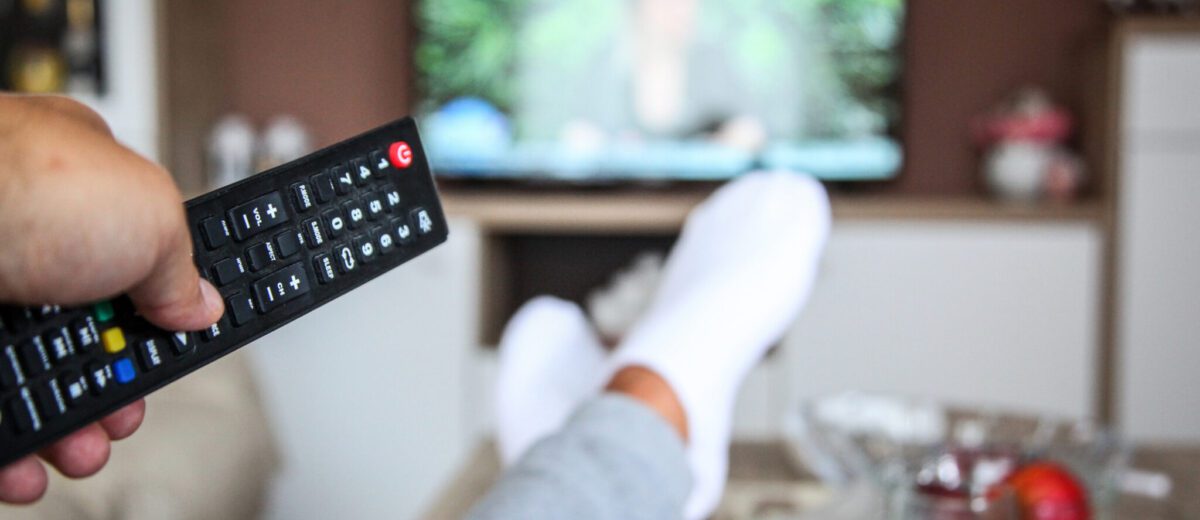Here’s Why TV Still Belongs in Your Marketing Budget
With so many more entertainment options available to us as consumers these days, it leads some people to question whether or not traditional TV is still relevant or if traditional TV advertising is still effective.
I am here to tell you wholeheartedly that it is still very effective if done correctly.
The question I get asked all the time is: “Are People Still Watching TV”?
The answer I give them is: “Yes – they are just watching it differently”.
Prime Time Changes
Scripted prime time shows – those that air on networks between 8-11 are still popular. However, how we access them has changed. For instance, “Seinfeld” was water cooler talk almost every Friday in the 90s. If it aired today, there would be so much DVR viewing or binge-viewing, it would be impossible to talk about it in the same way. So with fewer people talking about what they watch in prime time, there is less “buzz” about prime time programs – or, a different perception. But the reality is that people have not stopped watching. It’s just different.
Live And Special Events
Live events, special events, sports, and local or newsworthy programming, however, still remains popular and viewed the old-fashioned way – in real time.
Shows like Bill Green’s Maine, Jeopardy, local news, Survivor, and 207 are doing just fine. In fact, Game 1 of the Stanley Cup Finals saw higher total viewers than last year, and the final episode of Game of Thrones set a record for viewership watching the old fashioned way.
TV Is Still King
According to a 2018 survey, responders over 18 years old spent nearly 5 hours a day watching a combination of broadcast and cable TV, with broadcast TV accounting for more than 60% of that viewing. Radio was third behind broadcast and cable TV with just over 1 hour/day, followed by a string of digital options like e-mail, social media, streaming TV, and a variety of categories of websites.
Is Tv Right For Your Budget?
Maybe.
If you goal is to generate many public impressions across a large geographic area to remain top-of-mind, then tv can be the most effective way to do so.
Amazon, for example, relies on people to make purchases using a tablet, phone, or computer. That’s how they make money. The easiest audience, one would think, would be a digital audience. Despite that, Amazon spent almost 55% of their $500M+ budget on TV advertising in 2016-2017. Of the remaining 45%, Amazon only about 80% to digital with the rest spent on radio, print, and billboards.
And, who hasn’t turned on the TV in the fall of an election year and complained about the number of political commercials? Those ads are not purchased because they’re cheap. They’re purchased because they are effective. Having worked on a few political campaigns, I’ve witnessed this first hand: the most effective way to move the needle of public opinion is through a robust television buy.
Buttery Flaky Craze
Taking dollars out of the equation, when Saturday Night Live spoofed the Sutherland Weston blooper video for Dysart’s (“Buttery Flakey Crust”), those of us working here saw our phones light up with text messages, Facebook messages, and phone calls all in real time. That sketch aired after midnight on a Saturday night, and millions of people saw it. Our collective phones lighting up like a Christmas tree re-enforces the notion that people saw it in real time.
Conclusion
All of this data doesn’t mean that digital, radio, and print are not effective. They are. But just like 20 years ago you should divvy up your marketing budget strategically, and today digital offerings should be a part of that discussion. The bottom line is this: digital has not – and will not – replace the effectiveness of TV marketing. Period.
As an unabashed TV consumer myself, I can tell you that my TV habits have changed considerably over the past decade, but they line up with every piece of data I have seen. The people who are no longer watching any TV are largely people who didn’t watch a whole lot 20 years ago either. I continue to watch, learn from, and enjoy TV daily.
Not that there’s anything wrong with that.
